


Pilea mollis is a species of flowering plant in the family Urticaceae. It is used as an ornamental plant, particularly the cultivar ‘Moon Valley’
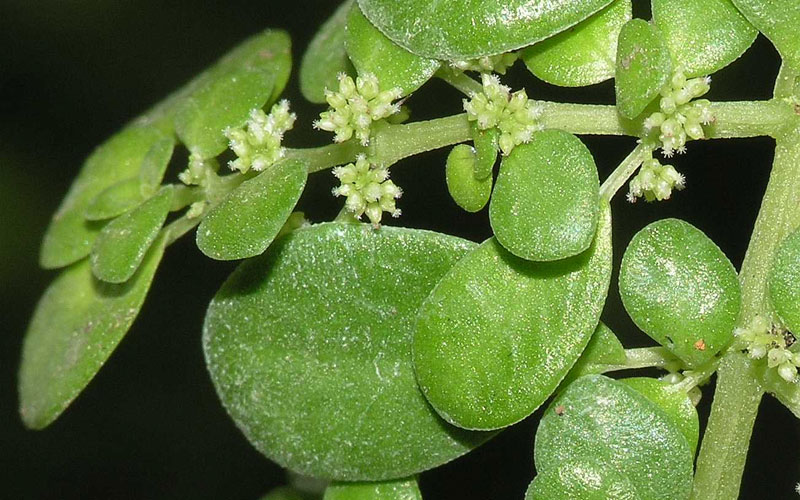
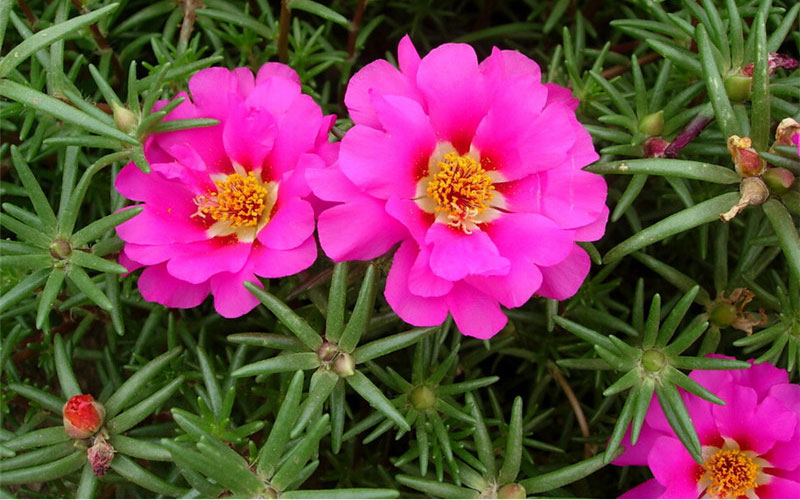
Portulaca is especially well-suited for growing in containers on patios and decks, with its fleshy, succulent leaves, red stems, and colorful cactus-like flowers in shades of red, orange, yellow, pink, purple and white. Plants prefer hot, dry, almost desert-like conditions.
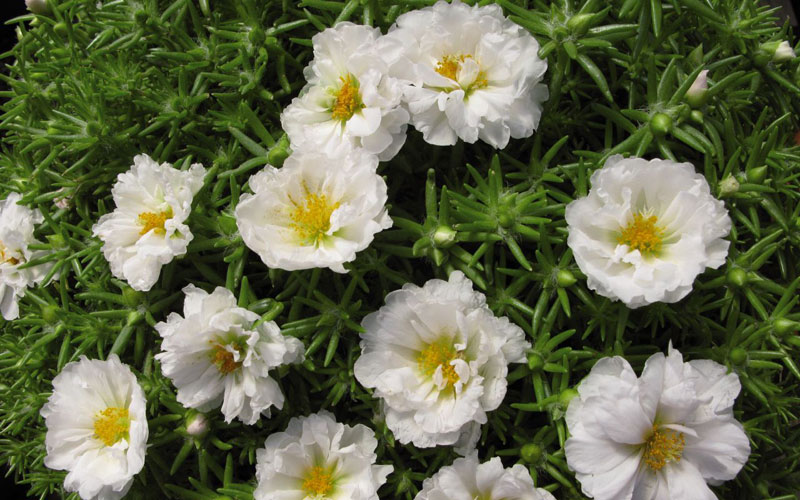
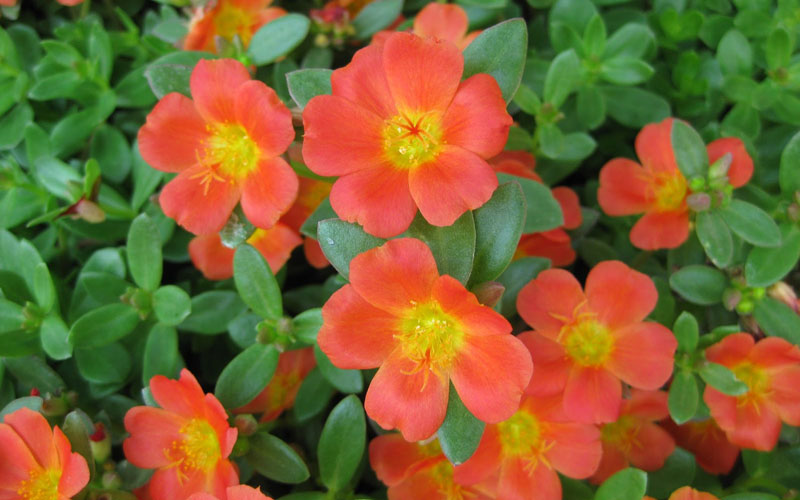
Annual. Easily grown in average, dry to moderately moist, well-drained soils in full sun. Drought and heat tolerant. Set out plants at last spring frost date. Deadhead spent flowers to encourage additional bloom. Plants need sharp soil drainage. Work sand into the soil or consider raised plantings in order to improve drainage.
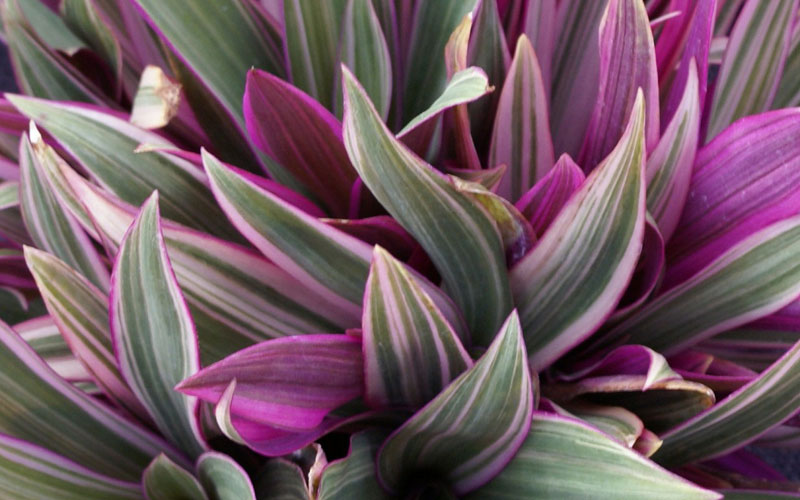
Rhoeo, including Rhoeo discolor and Rhoeo spathacea, is a plant of many names. Depending on where you live, you may call this plant moses-in-the-cradle, moses-in-a-basket, boat lily and oyster plant. Whatever you call it, Rhoeo makes an excellent and fast growing ground cover in the garden.
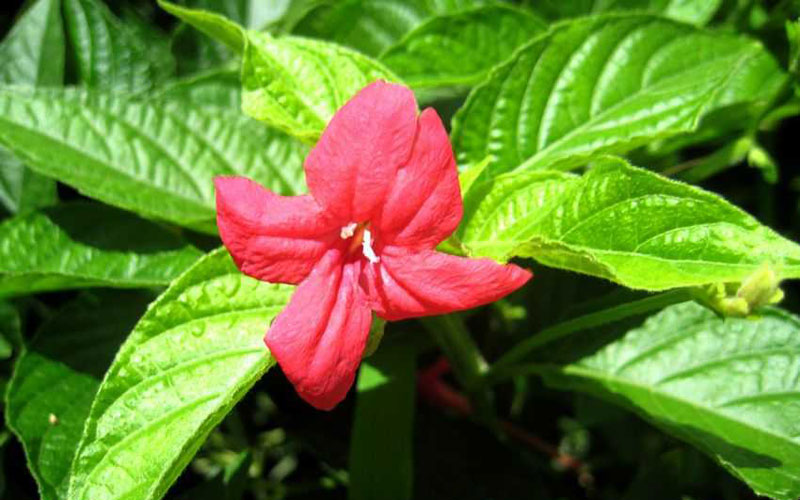
Ruellia is a genus of flowering plants commonly known as ruellias or wild petunias. They are not closely related to petunias (Petunia) although both genera belong to the same euasterid clade. The genus was named in honor of Jean Ruelle, herbalist and physician to Francis I of France and translator of several works of Dioscorides.
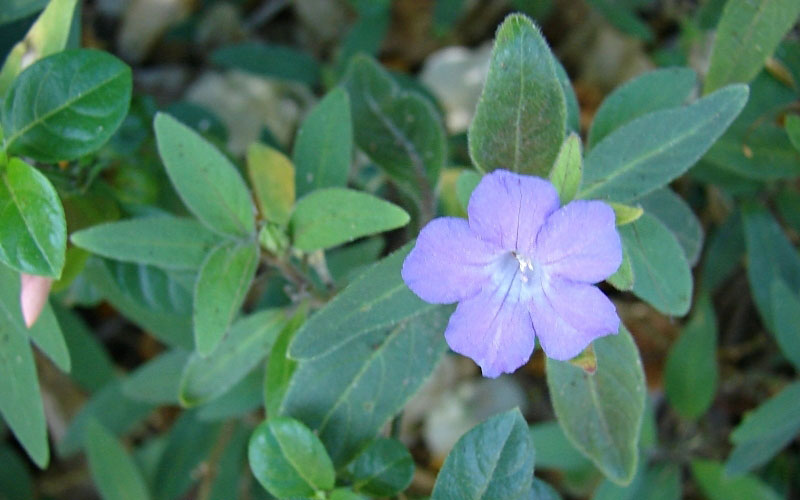
This species is naturalised in some parts of eastern Australia. It is currently thought to be limited to south-eastern Queensland and the coastal districts of central New South Wales. It is possibly also naturalised on Norfolk Island.
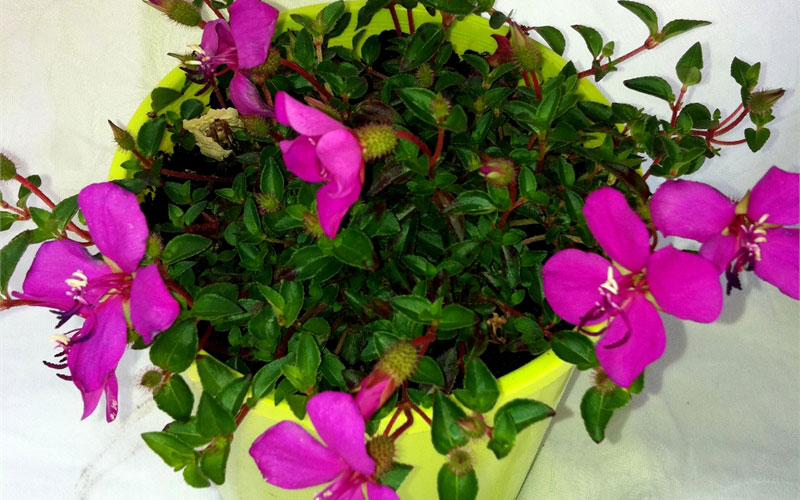
A mat-forming perennial plant which is almost completely covered in an abundance of single purple flowers in late spring and summer. Ideal to add colour to rockeries, paths containers and in mass plantings.

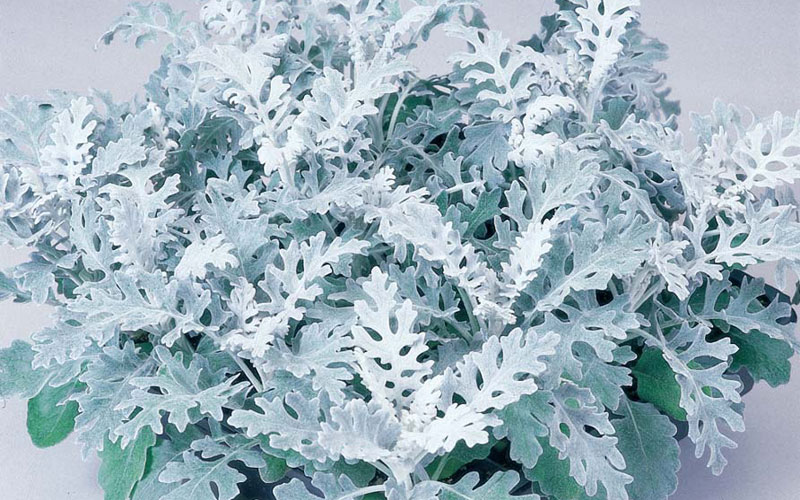
Zone: 7 to 10
Height: 0.50 to 1.50 feet
Spread: 0.50 to 1.00 feet
Bloom Time: Rarely flowers
Bloom Description: Cream to yellow
Sun: Full sun to part shade
Water: Medium
Maintenance: Low
Suggested Use: Annual
Flower: Insignificant
Leaf: Colorful
Tolerate: Deer, Heavy Shade
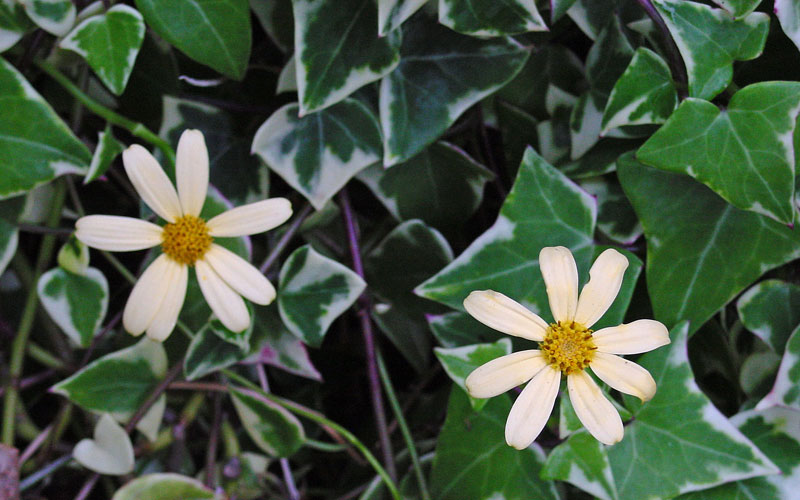
Senecio macroglossus is a species of flowering plant in the family Asteraceae, native to southern Africa, from Zimbabwe and Mozambique to eastern South Africa.
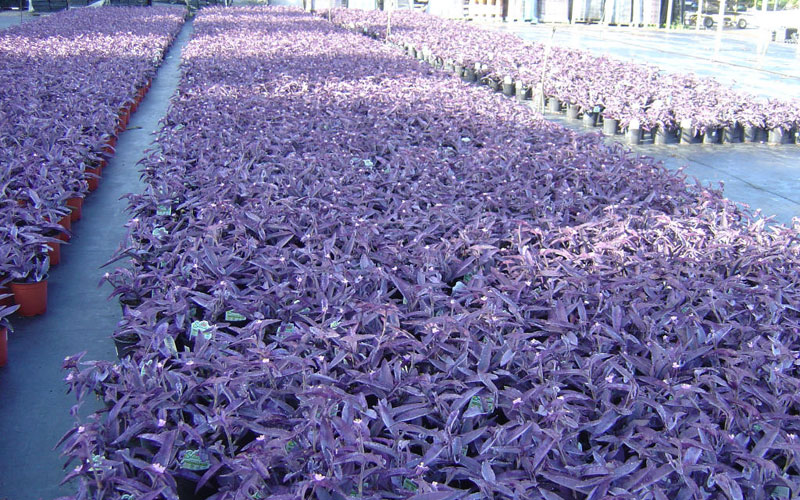
Purple Heart’ is a trailing, tender perennial with purple stems and violet-purple leaves that produces pink flowers in summer. This plant is mainly grown for its foliage (leaves can reach 7 inches in length); best color is achieved in bright sunlight and a dry, cramped root zone. It is excellent as a groundcover or in containers or hanging baskets. It grows 8-12 inches tall and 16 inches wide.
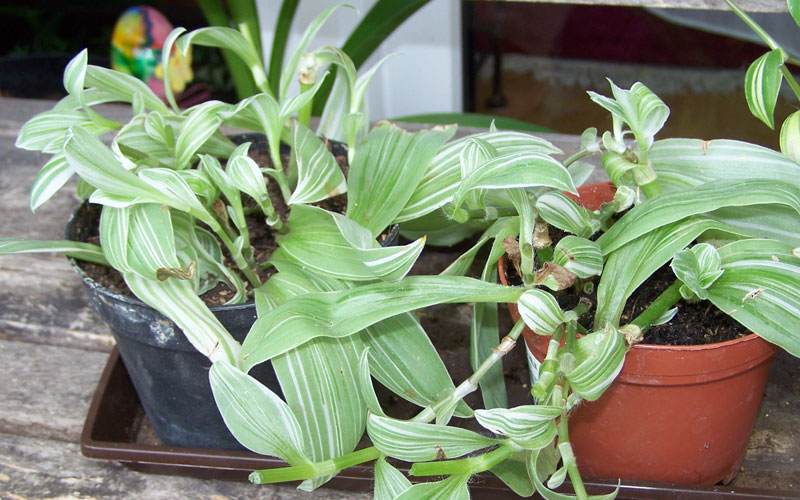
Quicksilver’ is an evergreen perennial to 20cm, with elliptic to ovate leaves longitudinally striped with white, and terminal clusters of small white flowers intermittently throughout the year

The best trailing verbenas. Aztec Magic is an ideal component in mixed containers and hanging baskets, or in the landscape. Distinguished by their fine, serrated foliage, the bright and colorful plants thrive in heat and sun. Delivers a quick crop time, uniform flowering and the same exceptional powdery mildew tolerance as Aztec. Ideal for early to mid-season pots and baskets.
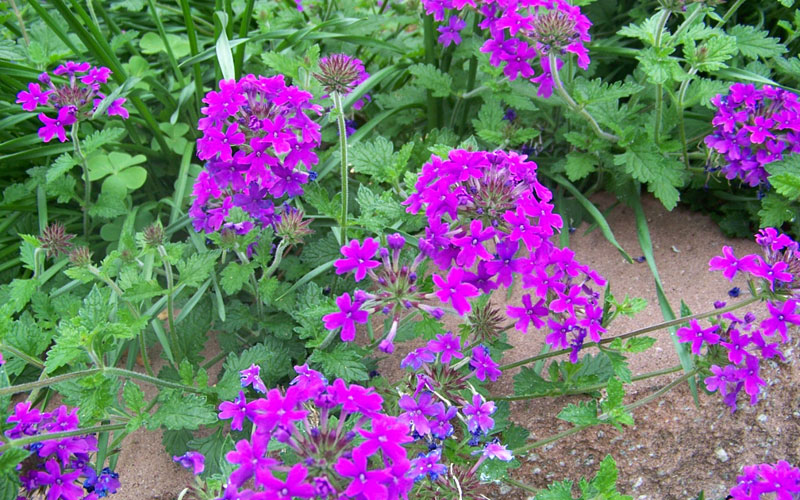
Verbenas are heat-loving, perennial groundcovers that provide spectacular color from spring through summer. When used in mass, verbenas add splashes of color and interest to the landscape. Verbenas prefer growing in sunny locations and in well-drained soil. During their blooming period, weekly watering helps produce glorious flower displays. Irrigation can be reduced after the plants have finished blooming. Light application of nitrogen revitalizes the plants during the hot summers, but additional fertilization is not generally required. Pruning off the dried flower stalks and spent foliage in early summer will give the plants a cleaner appearance. Verbenas are shortlived, so you should anticipate replacing them after two or three years. However, some species can re-seed and naturalize in the landscape.
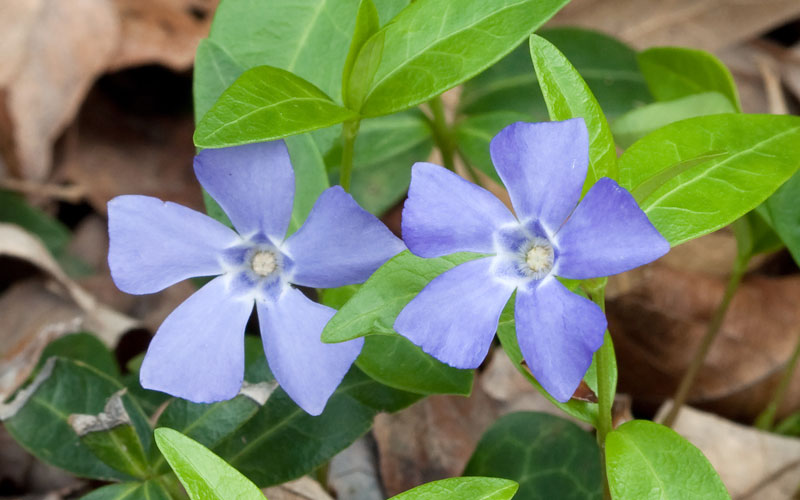
Vinca minor is a species of flowering plant native to central and southern Europe, from Portugal and France north to the Netherlands and the Baltic States, east to the Caucasus, and also southwestern Asia in Turkey
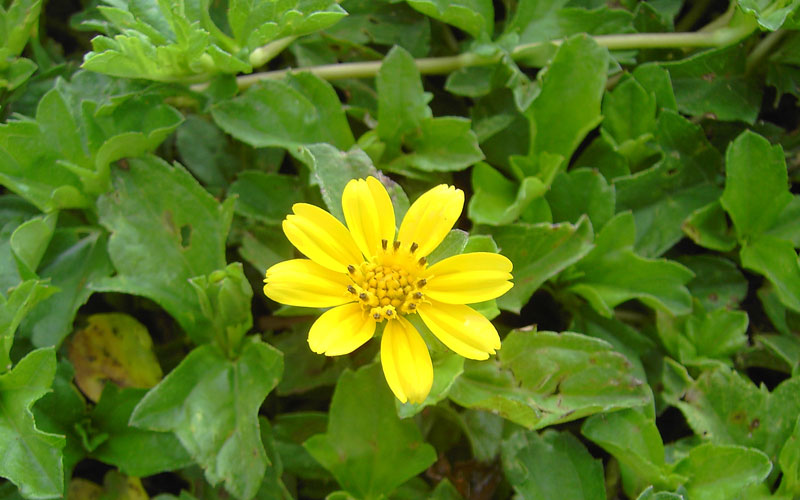
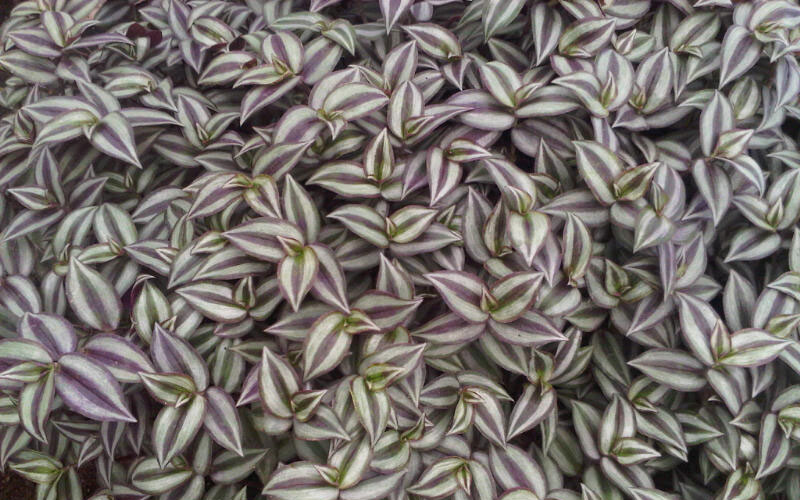
Tradescantia zebrina, formerly known as Zebrina pendula, is a species of spiderwort more commonly known as an inch plant or wandering jew. The common name is shared with closely related varieties T. fluminensis and T. pallida. Tradescantia zebrina is native to Mexico, Central America and Colombia, and naturalized in parts of Asia, Africa, Australia, South America, and various oceanic

